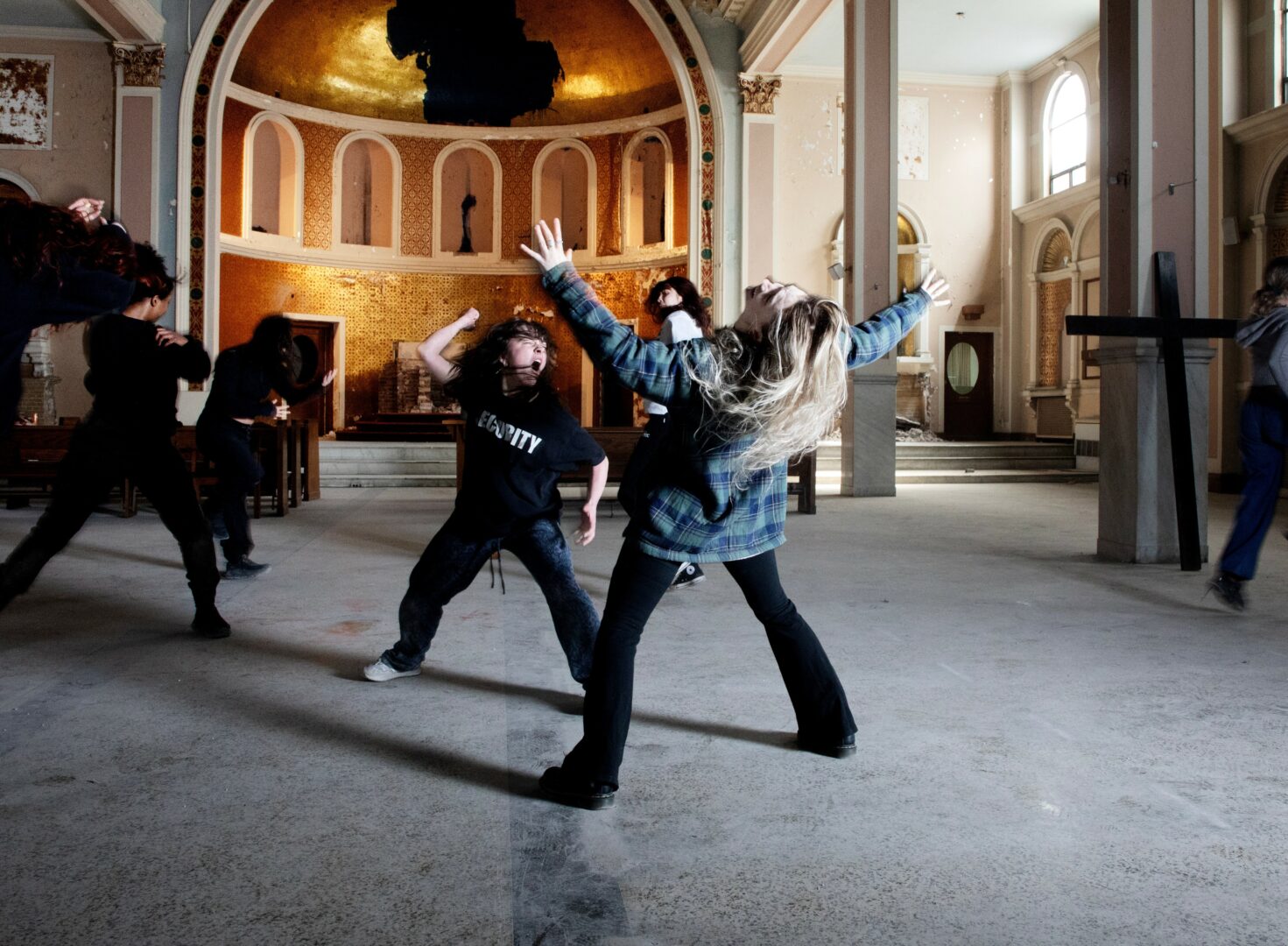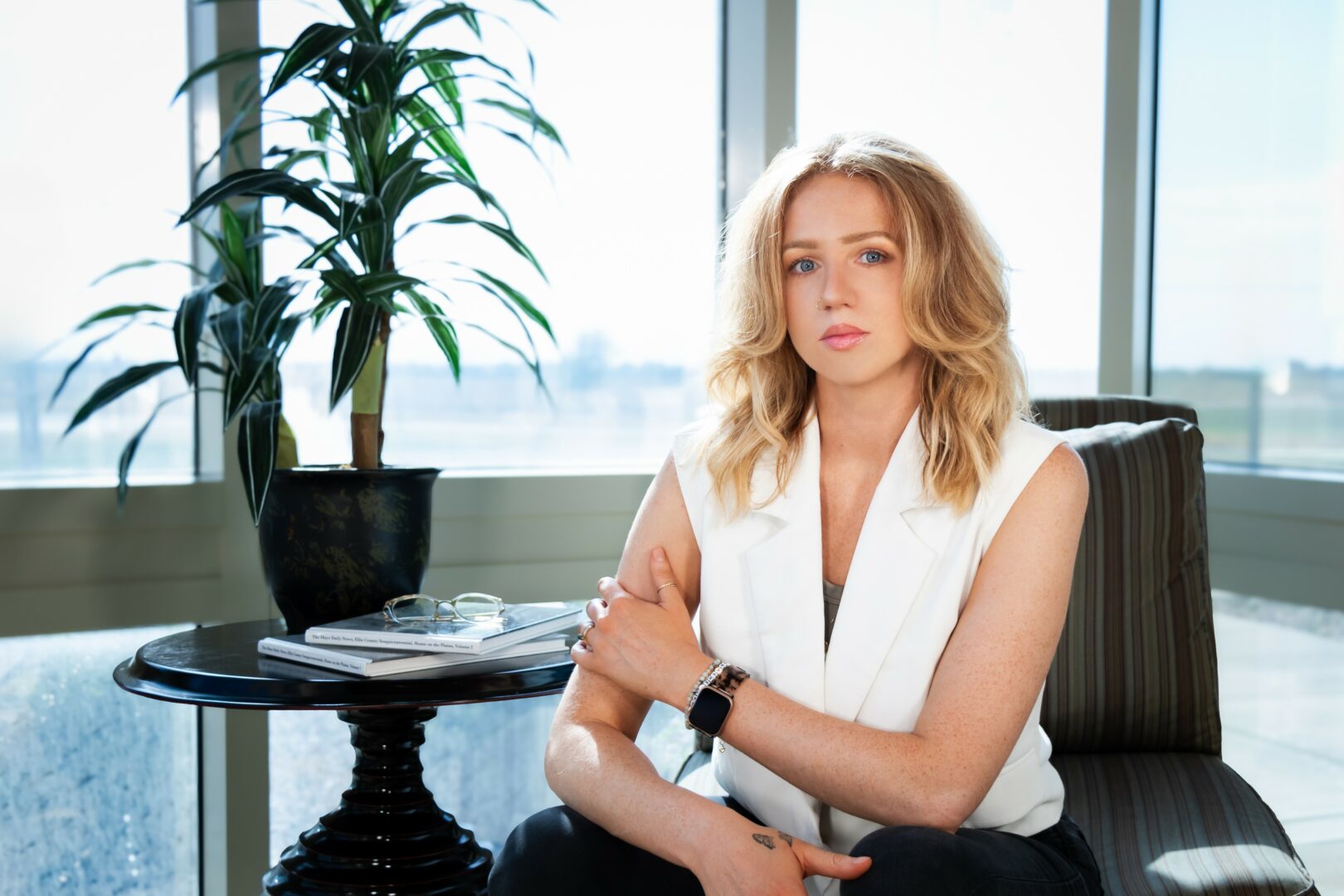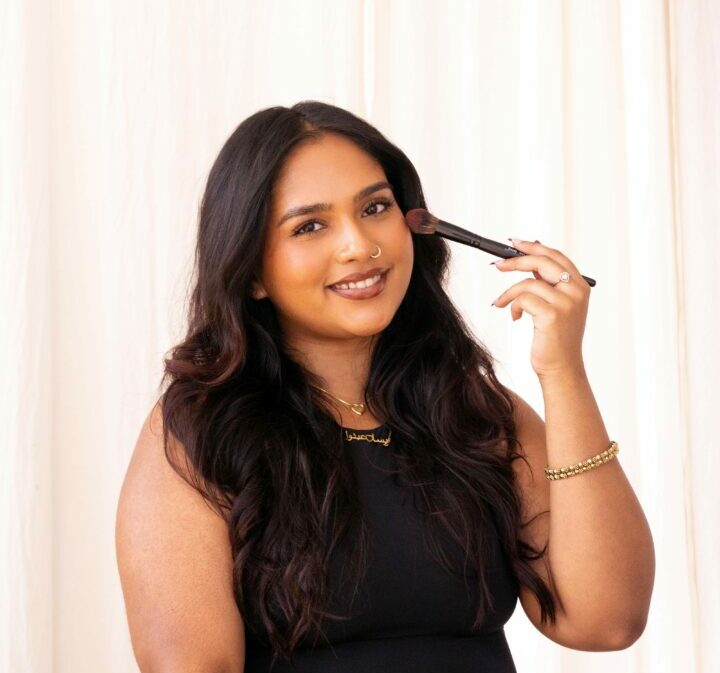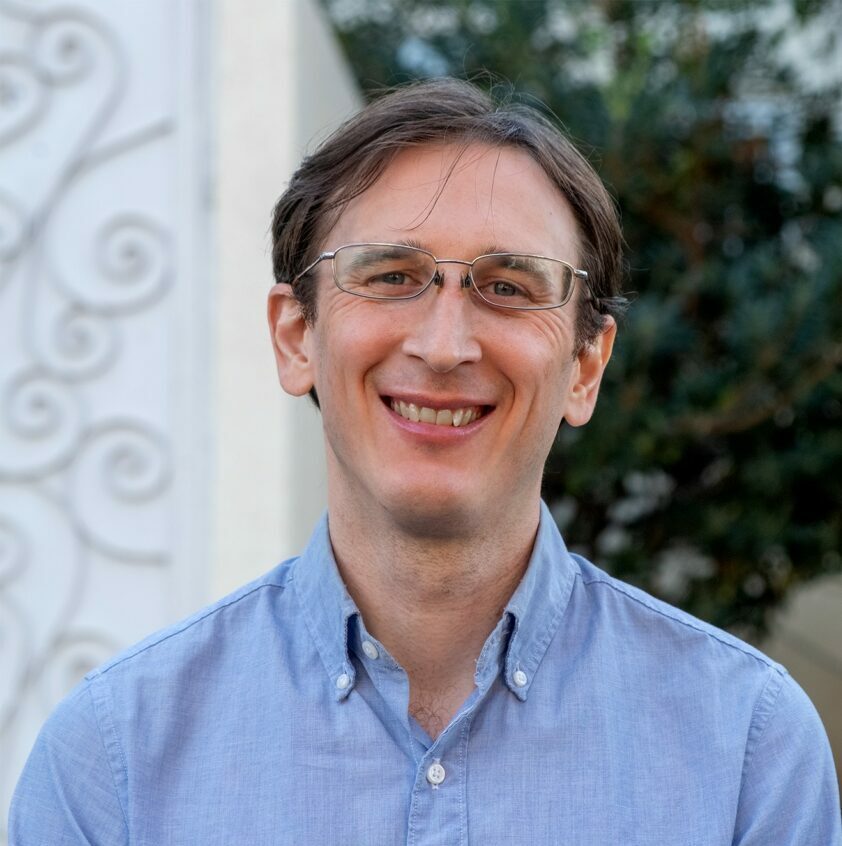Alright – so today we’ve got the honor of introducing you to Kasey Broekema. We think you’ll enjoy our conversation, we’ve shared it below.
Hi Kasey, really happy you were able to join us today and we’re looking forward to sharing your story and insights with our readers. Let’s start with the heart of it all – purpose. How did you find your purpose?
Purpose is something I believe you have to examine, experiment with, and redefine every single day. For me, it’s never been static. My purpose has evolved alongside my values, my art, and the communities I’ve felt called to serve through my work.
I began with a singular focus: ballet. I was on a professional track from a young age, graduating high school early—the first in Kentucky to do so—and moving to New York City to train intensively at institutions like American Ballet Theatre and Joffrey. When I received a full scholarship to Columbia University, something that had never been on my radar, it radically shifted my path.
I started exploring other art forms I’d always been curious about: writing, music, visual art, film, nightlife, club culture. I became obsessed with how performance, movement, and storytelling could live across format from classical dance at Lincoln Center to DJ sets in Bushwick, from gallery installations on the Lower East Side to experimental one-take films on the streets of international cities. I didn’t—and don’t—want to my work to feel limited to one discipline when there are infinite possibilities to create. I deeply resist capitalist logic—which is persistent even within the arts—that demands we focus on one thing and master it in isolation.
During the pandemic, that tension reached a breaking point. I realized I wasn’t just hungry to make my own work, I needed to build something larger than myself. I wanted to create a platform where other interdisciplinary artists could thrive without being boxed in. That’s how Project III began: out of frustration with the lack of accessible space, collaborative infrastructure, and visibility for boundary-pushing artists.
My purpose now isn’t just about creating, it’s about ecosystem-building. It’s about fighting for artistic ecosystems where others don’t have to compromise between their full, authentic selves and their professional lives. Project III is my answer to that fight.
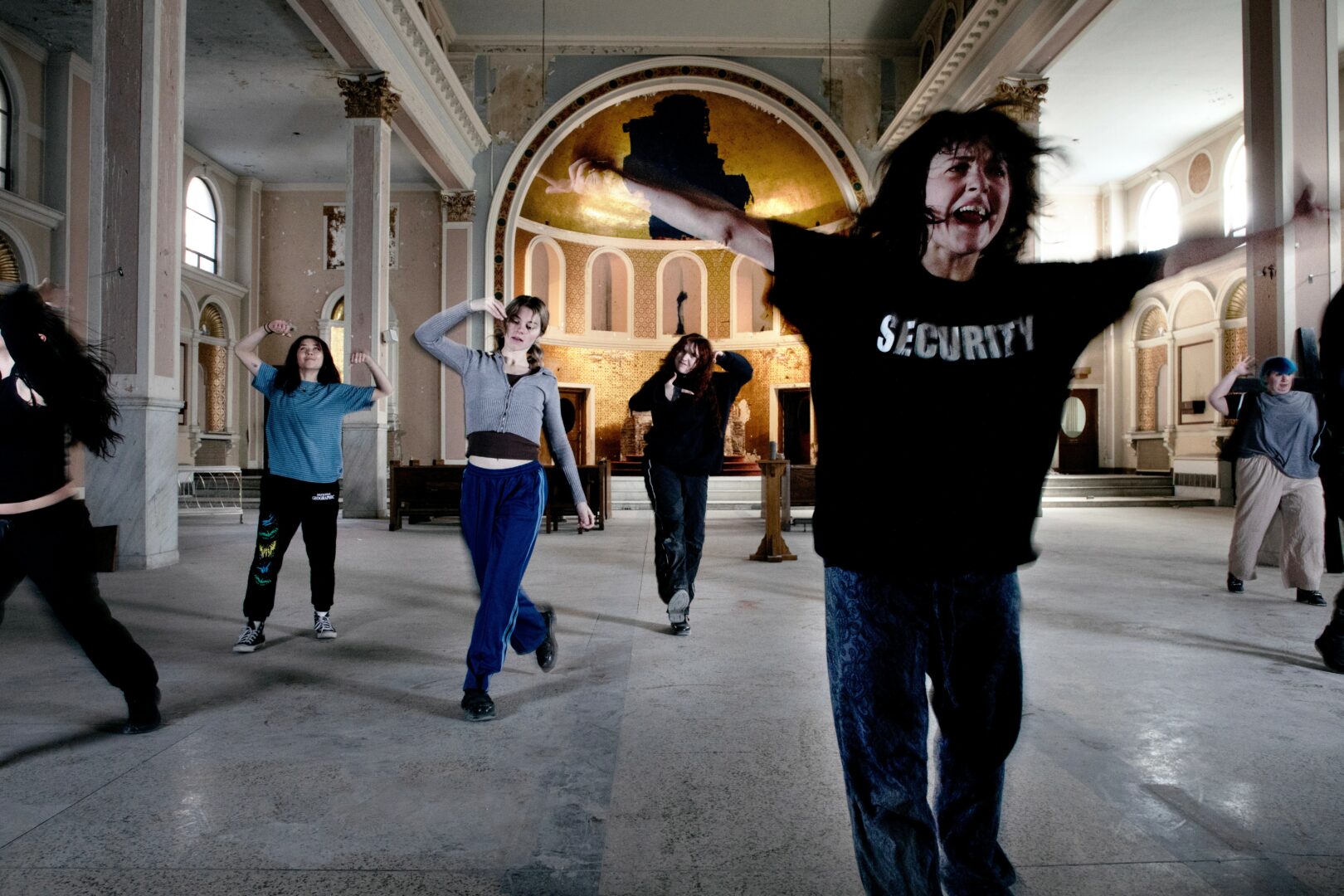
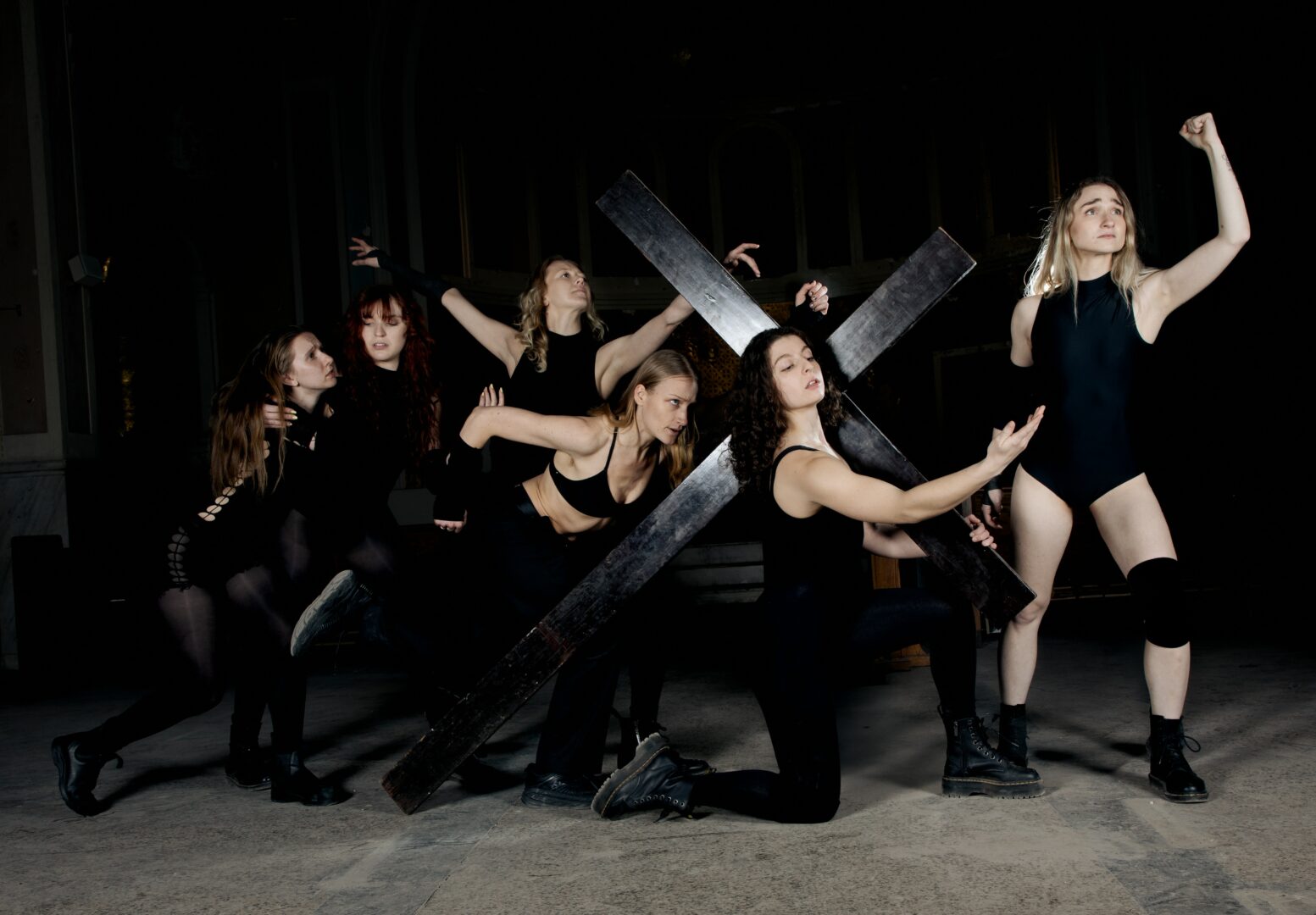
Appreciate the insights and wisdom. Before we dig deeper and ask you about the skills that matter and more, maybe you can tell our readers about yourself?
Before I’m anything else, I’m a human. An imperfect one, actually. Then I’m an artist, a dancer, a sister, a mentor, a friend. My creative philosophy is rooted in emotional honesty and storytelling—not just through words, but through movement, space, and collective ritual. I’ve lived through a lot, and that rawness shows up in my work. I try to make art that helps people feel less alone.
Professionally, I lead Project III, an experimental performance platform that brings together movement artists, filmmakers, designers, and storytellers. We’re not a traditional dance company, we’re more like a studio or incubator for future-forward performance. Each project is created from the ground up with new collaborators, often integrating immersive theater, film, installation, and community-led ritual. We’re currently in a full rebrand, building on the success of our recent work Stamina, which marked a creative turning point for me and for Project III as a whole.
Stamina was a ballet-rave hybrid: a gritty, immersive work exploring mental health, perfectionism, and burnout in the performance world. At one moment in the piece, I invited the audience to write down a fear or insecurity, place it at the base of a pyre, and I lit the pile on fire without a word. That act of communal release opened something for all of us and it shifted how I see the role of performance in community healing.
Since then, Project III has grown from a solo-led initiative into a full team. We now have a Creative Director, COO, Fundraising Developer, and Communications Manager. It’s been humbling and a little terrifying to realize others believe so deeply in this mission that they’re leaving their jobs to build with us. That energy is fueling our upcoming expansion.
What makes Project III special is our process. We’re collaborative to the core, and deeply against the egotism that dominates much of the dance and performance world. Our values are about access, emotional resonance, and community. We’re not here to perfect a variation or tap routine for the sake of technique—not that there’s anything wrong with tradition; I believe it’s not resonating with modern day audiences—we’re here to make people feel something real. Our audience doesn’t come for polish; they come for truth.
Coming up next? Our theme for this year is momentum. We just finished filming our next performance campaign at a secret religious space in the Lower East Side, just days before it underwent extreme renovations. It was our longest shoot, our largest cast, and one of the most meaningful locations we’ve worked in. The piece explores what it means to seek spiritual connection in a world that’s losing traditional spaces of worship—especially for those raised in religious households who no longer identify with those systems, but still crave shared reflection.
I can’t say much more yet, but we’ve got big things on the horizon. Follow us—we’re just getting started.
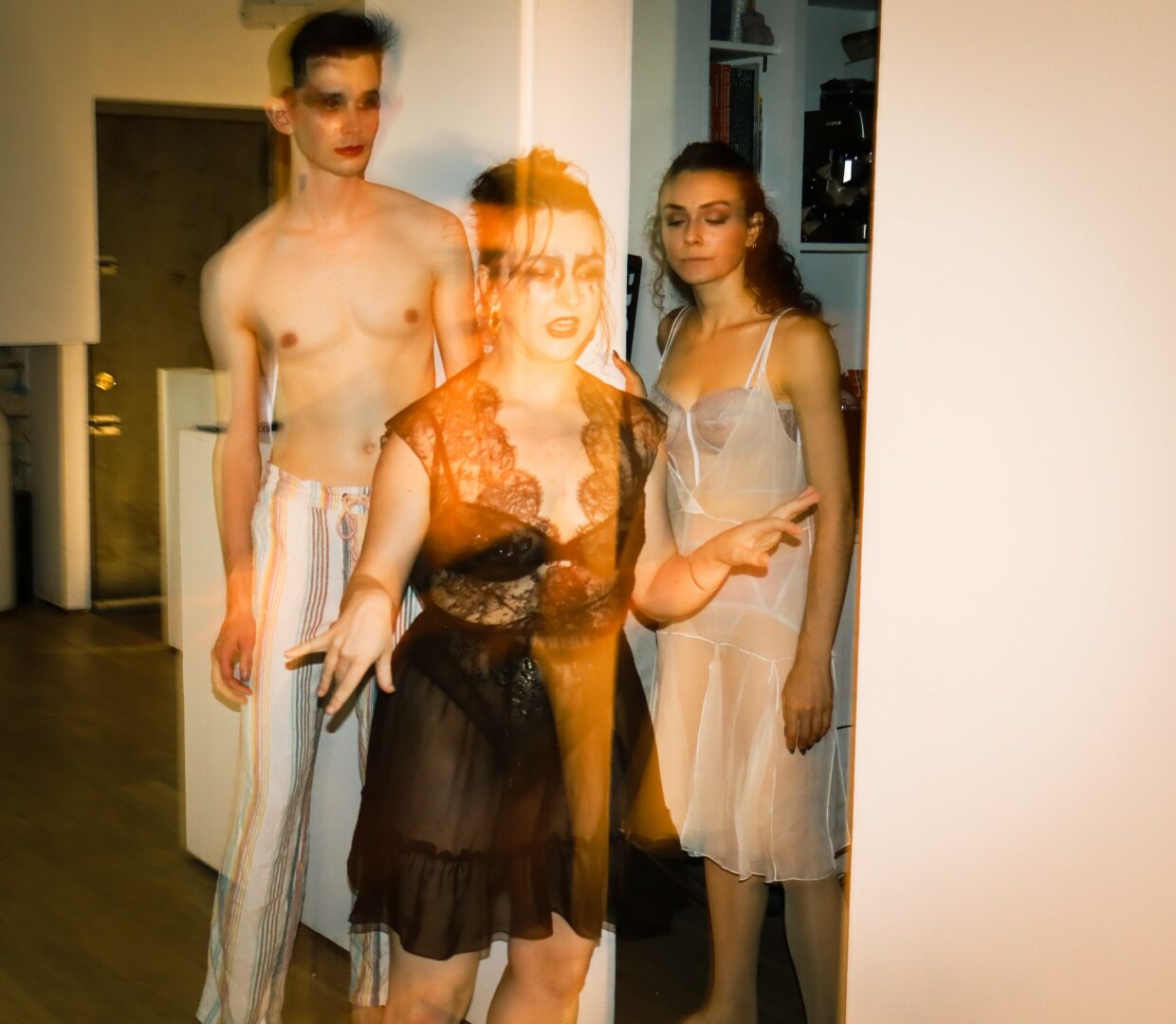
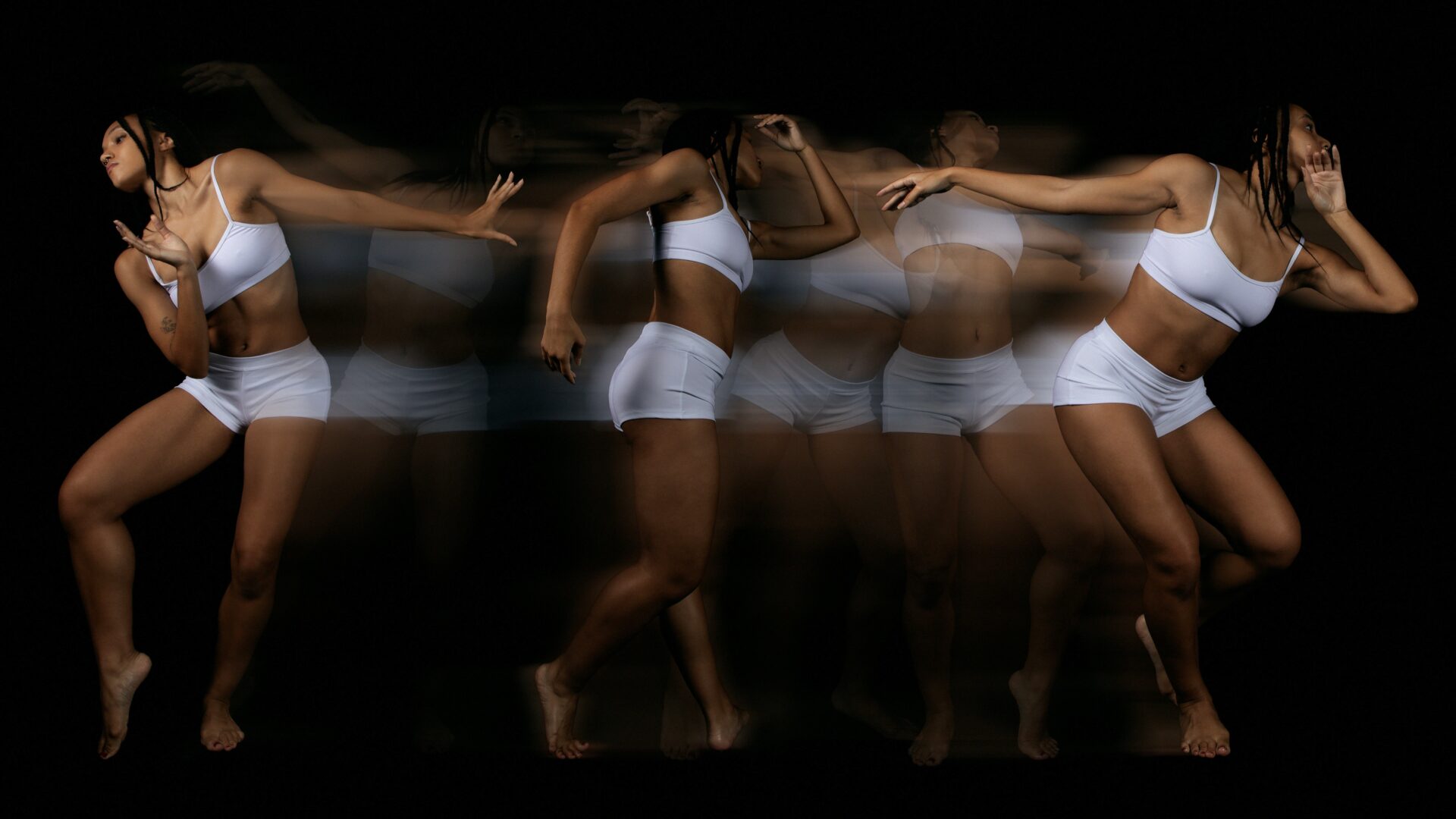
Looking back, what do you think were the three qualities, skills, or areas of knowledge that were most impactful in your journey? What advice do you have for folks who are early in their journey in terms of how they can best develop or improve on these?
Looking back, the three qualities that have shaped my journey the most—especially in founding and growing Project III—are creative leadership, vision-driven resourcefulness, and interdisciplinary fluency. None of these came naturally at first. They were forged through trial, rejection, reinvention, and daily persistence. And if I can offer anything to folks early in their journey, it’s that these skills aren’t just things you either have or don’t have—they’re mindsets you can grow, one step at a time.
Creative leadership was one of the biggest lessons for me. Starting Project III wasn’t just about having a compelling artistic vision—it required learning how to lead with clarity, empathy, and purpose. That didn’t mean always having the right answers. In fact, I spent a long time feeling unsure in my role as a leader, especially because I’m very independent and used to figuring things out on my own. But I’ve come to realize that leadership isn’t about controlling every piece—it’s about creating conditions for others to thrive, while staying grounded in your own artistic truth. That means listening deeply, building trust, and also learning when to say no. It means delegating, setting boundaries, and understanding that while your collaborators are invaluable, you’re ultimately the one carrying the full vision. My advice to anyone stepping into leadership is to start small: lead a rehearsal, organize a community project, take initiative even when no one’s watching. Let yourself grow into leadership. You don’t have to be perfect—just consistent, open, and driven by something real.
None of that would’ve mattered without vision-driven resourcefulness. When I started Project III, we had no funding, no infrastructure, and no fancy equipment. What kept us going was clarity of purpose and a willingness to be scrappy. We said yes to borrowed spaces, late-night rehearsals, DIY everything. I didn’t come from wealth or connections; I grew up in a single-income household of four in southern Kentucky. Trying to build something in a city like New York, where everyone has a creative studio or production house, has been overwhelming. We’ve often been labeled as “DIY” or “underground”—and while that used to make me feel small, I now see it as a strength. We’re not just scraping by; we’re part of a new renaissance of artists who are creating in spite of resource scarcity, not because of privilege. I believe when you’re driven by a clear why, by the belief that you have to make this art, people will resonate with that confessional sense of urgency. Like the story has to burst out of you. You don’t need the perfect lights or a six-figure budget. You need vision. So don’t wait for the perfect conditions. Start now. Use what you have. Make something honest, and trust the right collaborators and support will come with time.
Finally, interdisciplinary fluency has been essential—not just to my work, but to how I see the world. Project III lives at the intersection of movement, narrative, social justice, and community organizing. It’s easy to say “interdisciplinary” now—it’s a buzzword—but it’s not just a trend. It’s a reflection of how this generation experiences reality. We’re constantly processing media, learning fast, and seeking connection between unrelated things. The magic happens when you allow those intersections to speak to each other. For me, the most transformative ideas have come from stepping into spaces where I was the only dancer in a room full of researchers, or the only artist on a business panel. That discomfort is often where the most growth lives. My advice: be curious about everything. Go to shows outside your medium. Talk to people whose work you don’t yet understand. Stop cold-emailing strangers hoping for a gig—show up to their events, connect as a human, be present in the ecosystem. If you’re genuine and thoughtful, people will notice. Collaboration isn’t about chasing prestige—it’s about shared values, mutual curiosity, and finding people who are excited by the same questions you are.
So if you’re early in your journey, I’d say this: Lead with honesty. Start scrappy but with a vision. And don’t be afraid to blur the lines between disciplines, roles, and expectations. Your path might not be linear—and that’s a good thing. The things that make you feel like an outsider now may be exactly what will set your work apart. Keep showing up. Keep making. And above all, don’t let anything—or anyone—stand in your way.
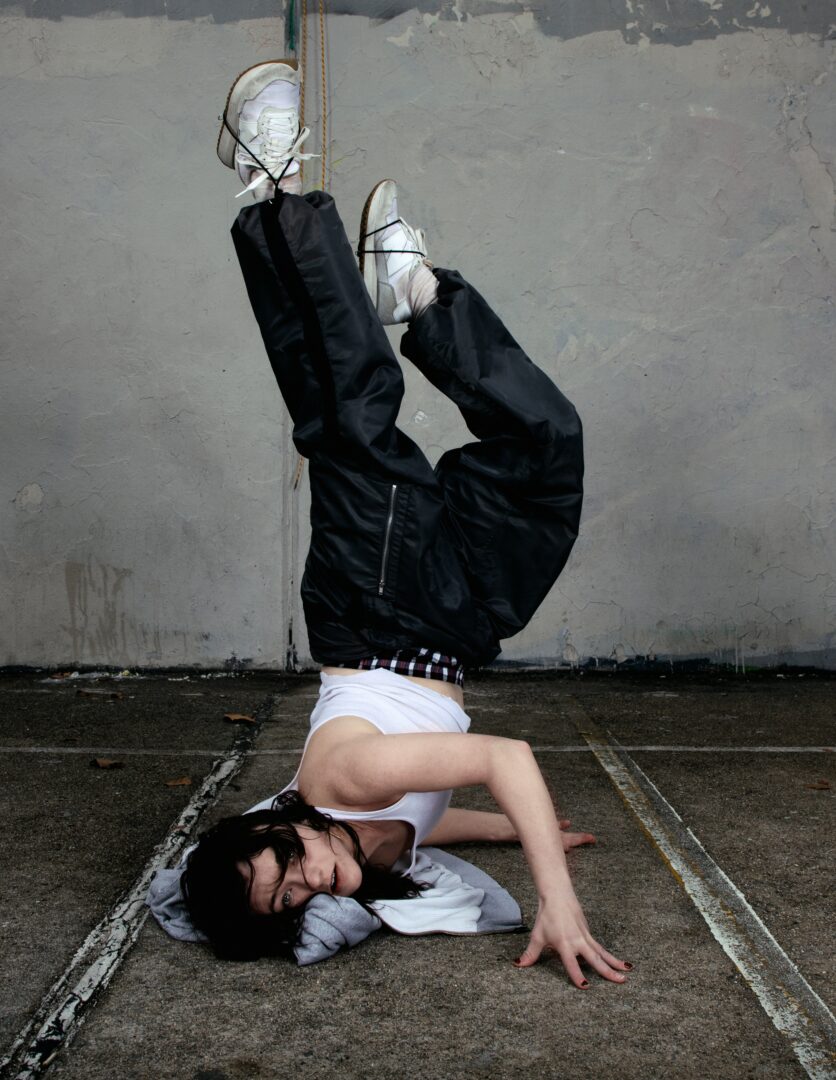
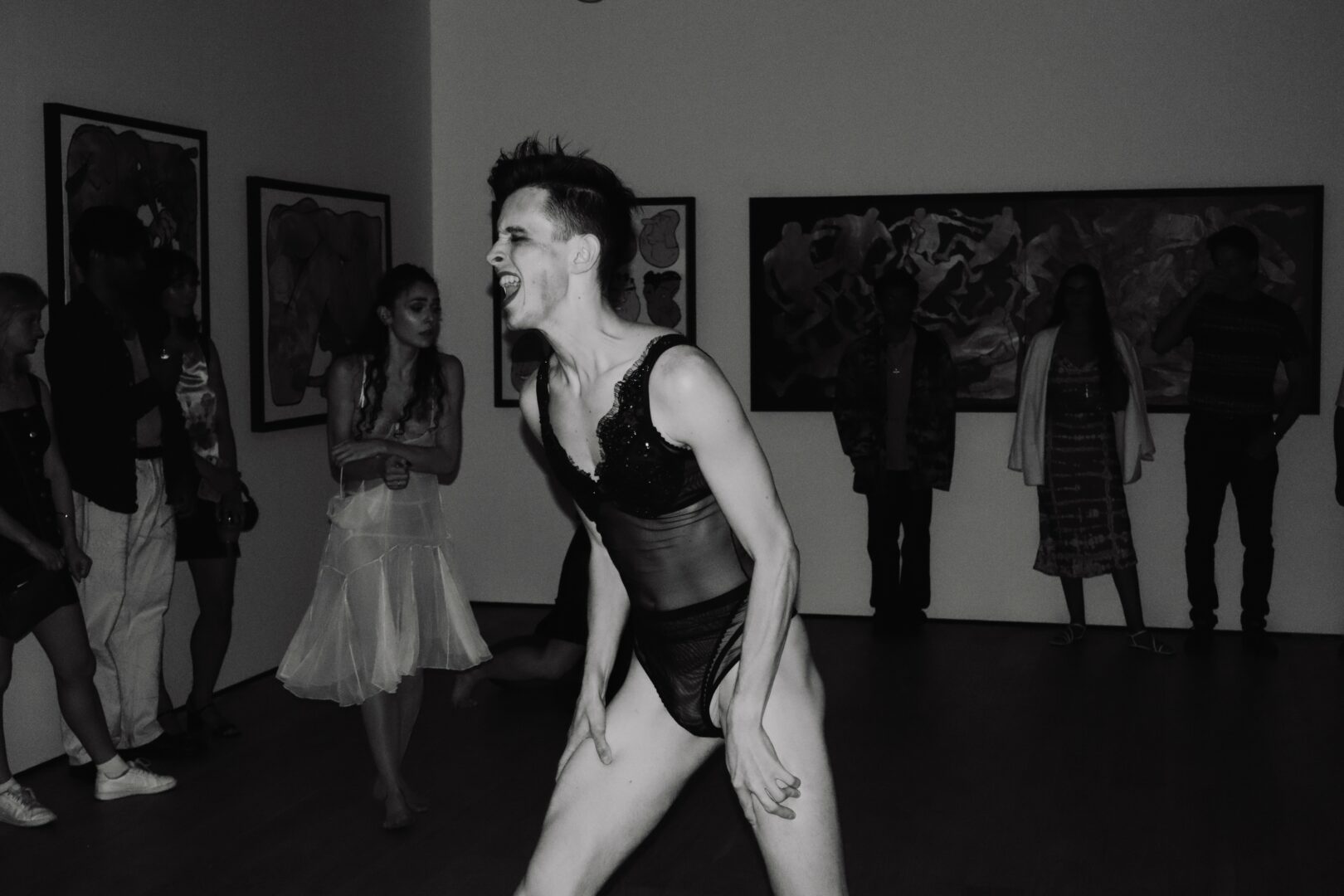
One of our goals is to help like-minded folks with similar goals connect and so before we go we want to ask if you are looking to partner or collab with others – and if so, what would make the ideal collaborator or partner?
Yes—Project III thrives on collaboration.
We’re always looking to connect with folks across disciplines, especially those whose paths into art haven’t been linear. If you’re a movement-based artist, a filmmaker, a musician, a fashion designer, a videographer, or someone working in business or tech who once pursued the arts but had to pivot due to financial pressures—you are our target collaborator. We know how capitalism often forces creatives into 9-to-5s, but we’re here to say: your creativity still matters, and we want to help you keep making.
Project III is built on the belief that the more untraditional your background, the more unique your lens—and that lens can deepen our work and our audience’s experience. We see dance not as an isolated form but as just another language for storytelling—one that connects to fashion, music, film, design, and beyond.
We’re especially excited to connect with videographers, musicians (particularly those creating original music), and independent fashion houses. Lately, our sound is gravitating toward club culture, dark wave, indie, and alt music, but we’re open to any genre that resonates with our work. Visually, we lean toward elevated streetwear—think Gen Z-forward, neutral tones, oversized silhouettes, and a blend of sleek and athletic aesthetics.
Looking ahead to 2025, we’re restaging and evolving past works like Stamina, developing new pieces including Momentum, and producing several short dance films. We’re always open to fresh ideas, whether you’re a small business owner, a venue, a fashion designer, or someone with a story to tell. Past partners have ranged from big brand names to immersive venues to galleries, small businesses, and community organizations. Some of our most exciting collaborations started with a simple coffee or conversation after a show.
So yes—this is an open invitation. Let’s talk. Let’s grab coffee or catch a show. If something about our work resonates with you, don’t hesitate to reach out. I’m always dreaming forward, and I’d love to build momentum together.
Contact Info:
- Website: https://piii.tilda.ws/
- Instagram: https://www.instagram.com/project.iii/
- Youtube: https://www.youtube.com/@project.iii.
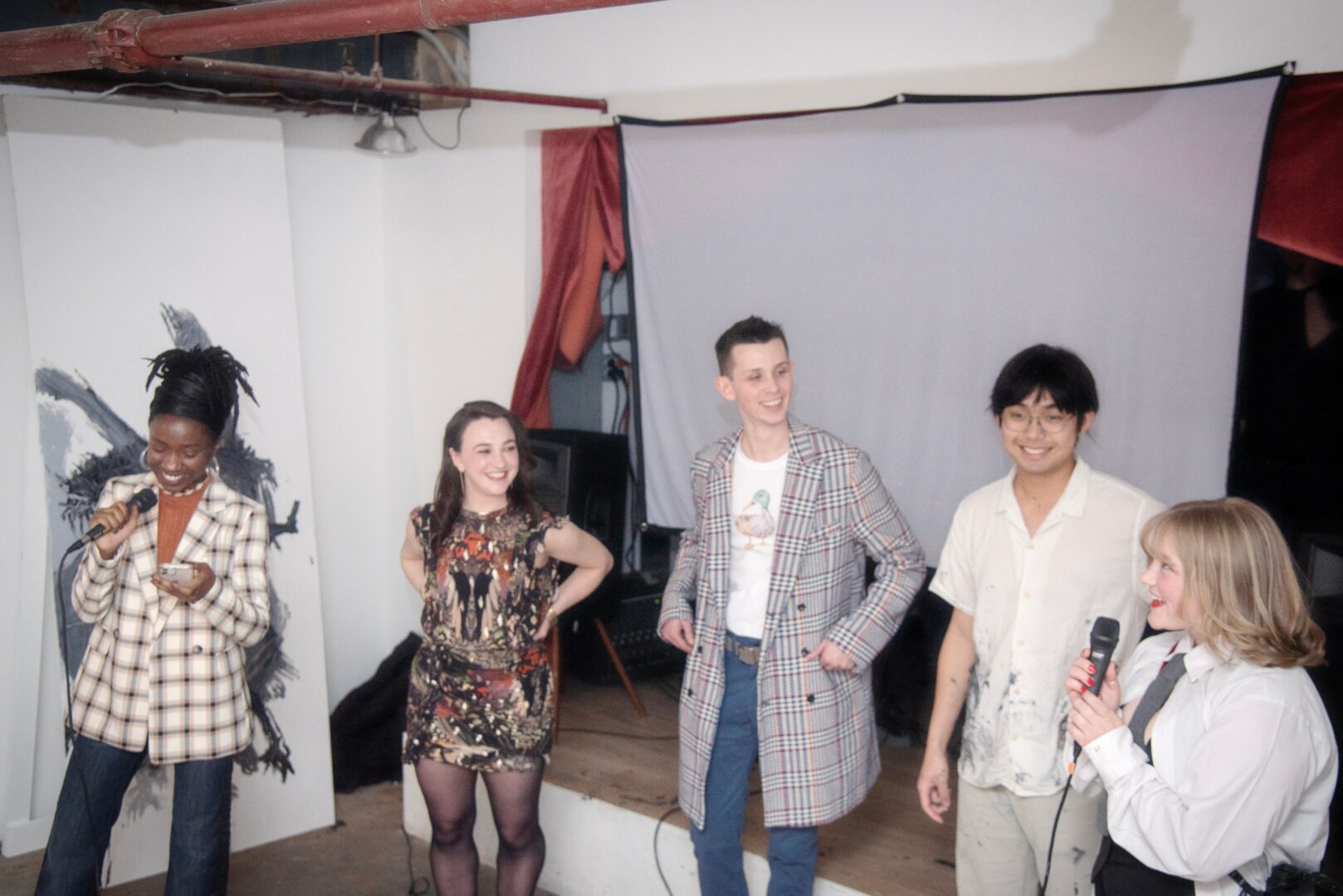
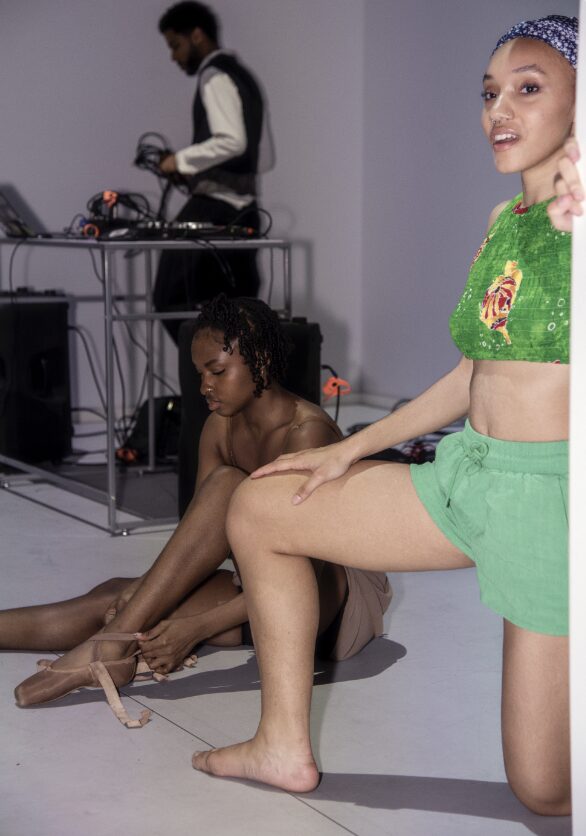
Image Credits
Images courtesy of Nick Brito, Torey Renz, Esther Heath,
so if you or someone you know deserves recognition please let us know here.

